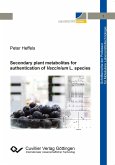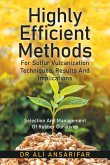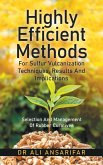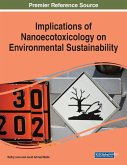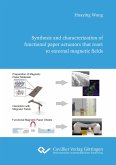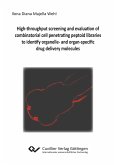The Anacardiaceae (¿cashew family¿) include a number of well-known edible species such as mango, pistachio, cashew, marula, sumach, and peppertree. This family is characterized by the presence of a broad profile of polyphenols, which are secondary metabolites that protect plants from biotic and abiotic stress. This thesis addresses the phenolic composition of fruits of the Brazilian peppertree (Schinus terebinthifolius Raddi), which are used as a spice. Using LC-MS and 2D NMR spectroscopy, 30 phenolic compounds were described for S. terebinthifolius, many of them for the first time. The fruits of the closely related Peruvian peppertree (Schinus molle L.) were also characterized and a method for the phytochemical differentiation of the two spices was proposed. Based on these studies, chemotaxonomic traits within the Anacardiaceae could be established. Furthermore, the pressurized liquid extraction of polyphenols was optimized and a multi-step process was presented, which allows the purification and isolation of bioactive compounds from Schinus species for future use in bioassays. In conclusion, this work provides novel insights into the phenolic profile of these fruits and paves the way for further investigations into their bio-functional and techno-functional properties.



